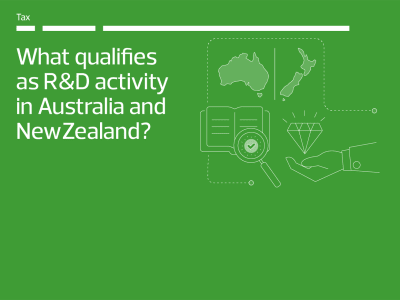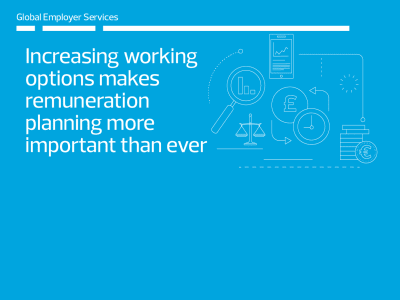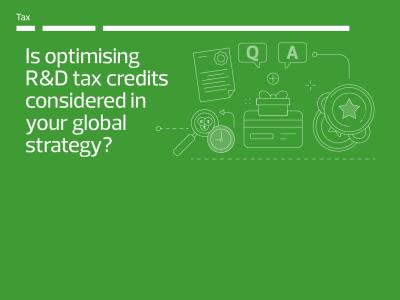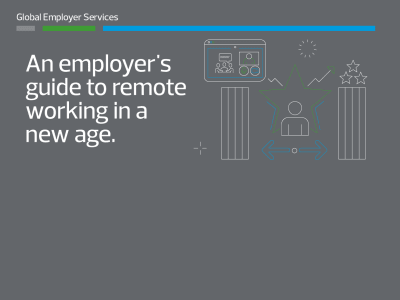In late 2020, the OECD released guidance on the transfer pricing implications caused the pandemic. The advice came at an opportune time, providing much needed clarification for taxpayers as they sought to evaluate the application of transfer pricing rules during the pandemic and avoid triggering risks that could lead to audits and adjustments. This article explores the key points featured within the guidance, categorising them under four specific areas.
Comparability analysis
The OECD recognises that due to the significant impact of the pandemic, reliance on historical data for performing comparability analyses of controlled transactions undertaken in the financial year for 2020 (FY2020) may have been greatly reduced. It identifies practical approaches that can be adopted to address challenges associated with comparability analysis for the years impacted by the pandemic.
In practice, we see taxpayers in the industries significantly impacted experiencing a huge drop in profitability as compared to the pre-pandemic years. On the other hand, we see as well that some industries show a significant increase in profits due to COVID-19. Since companies within an industry tend to follow a similar trend, one might expect that the profitability of such taxpayers would be within the range calculated based on the comparable companies’ data. However, since those taxpayers will rely on the historical comparability analyses for FY 2020, the question remains how to substantiate the out-of-the-range results. Although the OECD discusses the sources which may be used to deal with information deficiencies and support a comparability study for FY 2020, no further guidance is provided on the approach to a regression analysis, which in our view could be a very powerful tool to increase reliability of historical data.
Allocation of losses
The OECD provides practical advice related to the allocation of losses and extraordinary, non-recurring operating costs amongst group entities. In this respect the guidance is clear; losses follow the incidence of risk and extraordinary non-recurring operating costs are allocable to the party assuming the risk to which the extraordinary expense relates. This portion of the COVID-19 guidance breathes colour into the sections of the OECD Transfer Pricing guidelines dealing with losses and extraordinary costs, by placing the latter in the context of a COVID-19 fact-pattern. In this respect, a robust value chain analysis and a detailed functional analysis would be required for companies to assess if their group’s losses could be allocated to specific entities of the group. The transfer pricing regulations and relevant COVID-19 guidance of the tax authorities in the relevant jurisdictions of such entities should be also considered.
Government assistance
Further, the OECD considers the issue of government assistance programs. Depending on the nature of the subsidy in question, receipt of government assistance could constitute an economically relevant characteristic that needs to be taken into consideration when determining the arm’s length remuneration of controlled transactions. Multinational enterprises should consider government assistance when reviewing potential comparables for a comparability analysis. The COVID-19 guidance states that the most reliable approach to identify reliable comparables will be to refer to data regarding comparable uncontrolled transactions in the same or comparable geographic market between independent enterprises performing similar functions, assuming similar risks, and using similar assets.
Advance Pricing Agreements (APAs)
The OECD provides guidance on the impact of the COVID-19 pandemic on APAs. To the extent that the economic impact of the pandemic has not led to a breach in critical assumptions, taxpayers and tax authorities are bound by the terms of existing APAs. In this respect it will not be surprising that the terms of APAs concluded by many taxpayers have been impacted by the pandemic. The guidance echoes what we tell our clients, a timely, open and transparent dialogue with the tax authorities is the best way to ensure APAs remain in force (and are not cancelled or revoked), or, if necessary, will be revised on terms suitable to both the taxpayer and the relevant tax authorities
Key takeaways
The COVID-19 guidance addresses some of the issues raised by COVID-19 for transfer pricing, and no one size fits all solutions are provided. Any consistent plan to address the challenges of the COVID-19 pandemic should typically include an assessment of the overall business impact of the COVID-19 pandemic, the possibilities for transfer pricing adjustments, the identification and gathering of comparability data, review of contractual arrangements and APAs in place, substantiation and documentation of tax positions taken and an assessment of the likely impact of restructuring and policy change.







